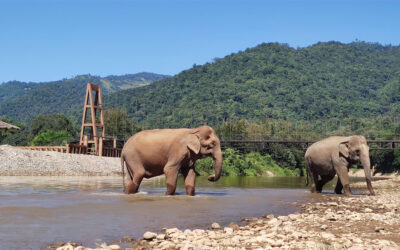For the last 15 years I’ve studied strategic developments in the Asia Pacific region. But until fairly recently North Korea has been something of a blind-spot for me, a regional flashpoint that I haven’t paid much attention to.
The current crisis, in which North Korea has detonated a nuclear device, test-fired missiles and threatened war, has grabbed my attention. Perhaps this is because I’ve realized that several interesting strategic issues hinge on the communist regime’s stability and its relations with other powers in North Asia. For example, a bellicose North Korea armed with nuclear weapons could prompt Japan and South Korea to go nuclear as well. Regime collapse could trigger a flood of migrants to China, South Korea and the Russian Far East.
But what’s really captured my imagination is the sheer weirdness of the ‘Democratic People’s Republic of Korea’. When I look at North Korea I can’t help but think of Airstrip One in George Orwell’s Nineteen Eighty-Four. While the rest of North Asia has embraced varying degrees of political freedom and various forms of capitalism, North Korea is a totalitarian state and a command economy. It is militarized, brutalized and impoverished. The regime is ruled by an aging tyrant, Kim Jong-il, who, with his late father Kim Il-sung (the ‘Great Leader’), is the centre of an elaborate and pervasive personality cult. Unlike most North Koreans, who at best have spartan lifestyles, Kim enjoys a life of luxury. He reportedly has 17 palaces, hundreds of flash cars, and spends $650,000 a year on Hennessy VSOP cognac.
In my … err, research, I’ve come across some fascinating resources. Like the DPRK’s Twitter page, which has lots of links to illuminating articles, such as “Kim Jong-il gives field guidance to Namhung Youth Chemical Complex”. There’s this photo set of long-range shots peering into North Korea. And this very cool Google Earth map of North Korea, which details everything from nuclear missile test sites and monuments for revolutionary martyrs to submarine bases and gulags for political prisoners.
(Photo: bryanh: Revolutionary Martyrs cemetery, Pyongyang.)




